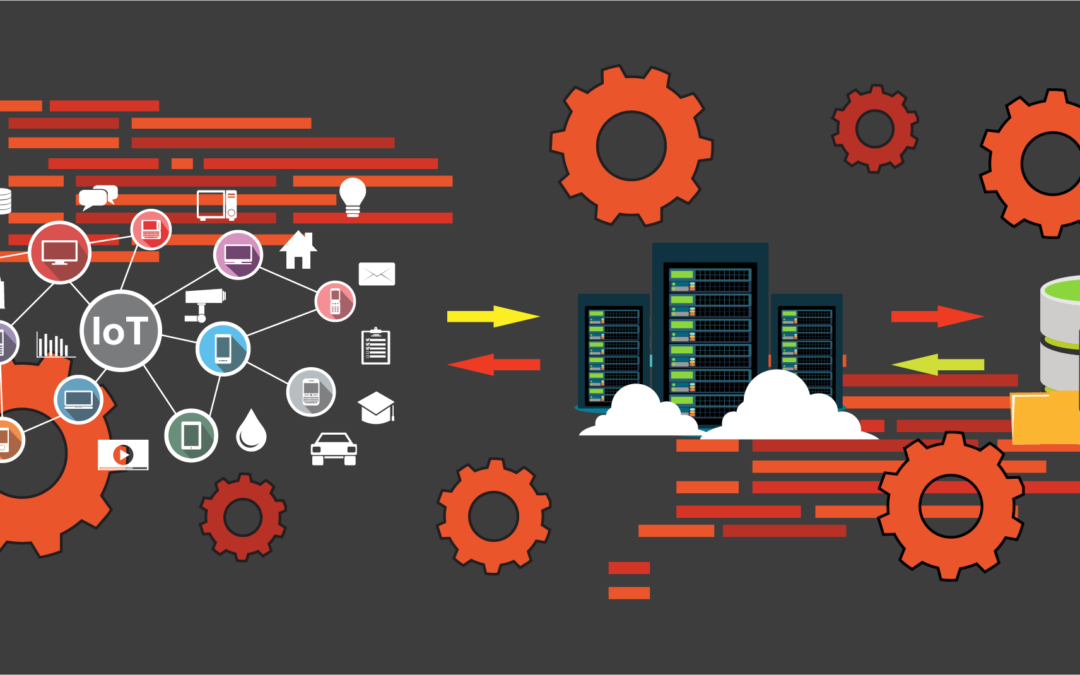The decrease in storage costs and increase in computing power has led to the rise of big data and transformed the world into a data-driven space. Most businesses now rely on data to find out what their clients want, weigh customer satisfaction, and make decisions. The large volumes of data systems generate every day have, in turn, created the need for more efficient data processing channels. Even small companies deploy tech stacks with dozens of applications all capturing data. Mid-market and enterprise companies can find themselves with hundreds of applications and quickly become fragmented by division and location, making it hard to measure if the business is moving in the right direction. This is causing a massive paradigm shift; on-premise servers and one-size-fits most applications are being replaced with cloud-based applications unified into high-performance cloud based data warehouses. In order to effectively and repetitively get data out of multiple systems and into a central warehouse, companies must setup data pipeline tools to extract, transform and load data into their new home. The two most common solutions are ETL and ELT. If you’re new to this scope, this might sound like a lot of technical jargon, which is why we went out of our way to break it down for you.
UNDERSTANDING ETL, ELT AND DATA PIPELINES
The vast volumes of data available today are a valuable asset to businesses as they can use it to propel themselves to success. However, for it to be used in analytics, it has to be clean and manageable. It does a company no good if one division calls sales “revenue” and another “profit” and neither understands what the other is doing. Here is where ETL, ELT and data pipelines come into the picture
DEFINING DATA PIPELINE
Data pipeline, ETL and ELT are often used interchangeably, but in reality, a data pipeline is a generic term for moving data from one place to another. ETLs and ELTs are a subset of data pipelines.
So what exactly is a data pipeline? Simply put, it is any software that automates the process of data extraction, transformation, validation, and loading into a different destination. There can be a number of reasons a business user would want to do this:
- Security – remove sensitive fields prior to others doing analysis on a dataset
- Cleanliness – Taking multiple fields from different systems with different names but the same function and joining them into one field or table
- Redundancy – ensuring there are backups for disaster recovery
- Version Control – wanting to track change over time without writing over the source information
Data pipelines have the ability to “stream” data – allowing for continuous updates instead of batching at specific intervals. Data pipelines can stream both transformed and untransformed data and process data from different sources. To combine data from multiple sources using a pipeline, you can either blend, join, or integrate.Thus, a data pipeline is efficient to businesses which:
- Generate, rely or store large volumes of data
- Generate or rely on data from multiple sources
- Use cloud solutions for data storage
- Require real-time and sophisticated analytics
WHAT EXACTLY IS ETL?
ETL is a data integration technique that incorporates three distinct yet co-related steps, namely, extract, transform, and load. During an ETL integration process, the transformation process takes place first before the data is loaded into the target data warehouse.
Being the standard technique for generating analytics-ready data, each stage of data integration often calls for human interaction. However, despite such limitations, ETL remains relevant and is incredibly useful in situations where:
- The data source and the warehouse are different and require different data types
- The data sets are small to moderate but involve computer-intensive transformations
- The data is structured
WHAT ABOUT ELT?
ELT is the modern version of ETL. In ELT, data is extracted, loaded, and transformed while in the data warehouse. This eliminates the need for large processing engines or too much human interaction as the transformation process is often handled by the processing engines present in the destination. Hence ELT is more efficient in situations where;
- Data is unstructured
- The source and destination are similar, therefore can handle similar data sets.
- The volume of data flow is high, and the data warehouse is accustomed to handling large amounts of data, typically in the cloud.
IN A NUTSHELL
All the three techniques above carry distinct perks and can be advantageous depending on the situation on the ground. For instance, for entities that mostly handle different types of structured data, ETL is the most suitable as it transforms the data first before loading it into the data warehouse. For those that handle large volumes of unstructured data and need it for analysis quickly, ELT is ideal as it eliminates the intermediate engineering process which takes place in ETL before loading.
However, a data pipeline is the most efficient as it can handle both transformed and untransformed data continuously and in real-time. It can also work with cloud applications and can combine data from different sources using different techniques.
While it’s possible to create and maintain an in-house data pipeline, partners like Helios have mastered the process of transforming analysis-ready data, allowing your team to focus on growing your business. Click here to learn more about the different data options for your business today!




Recent Comments